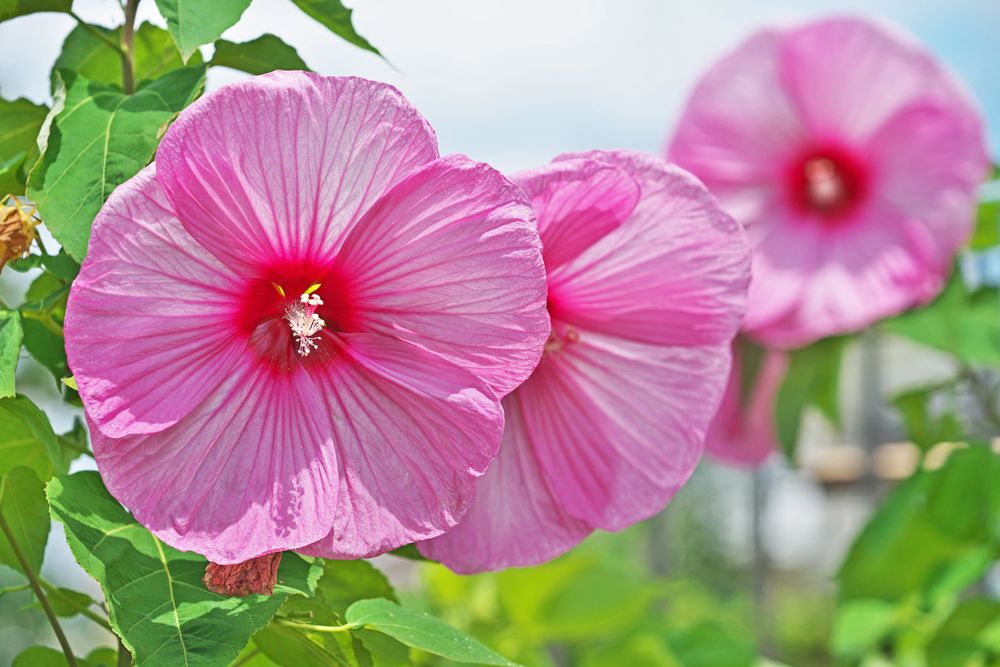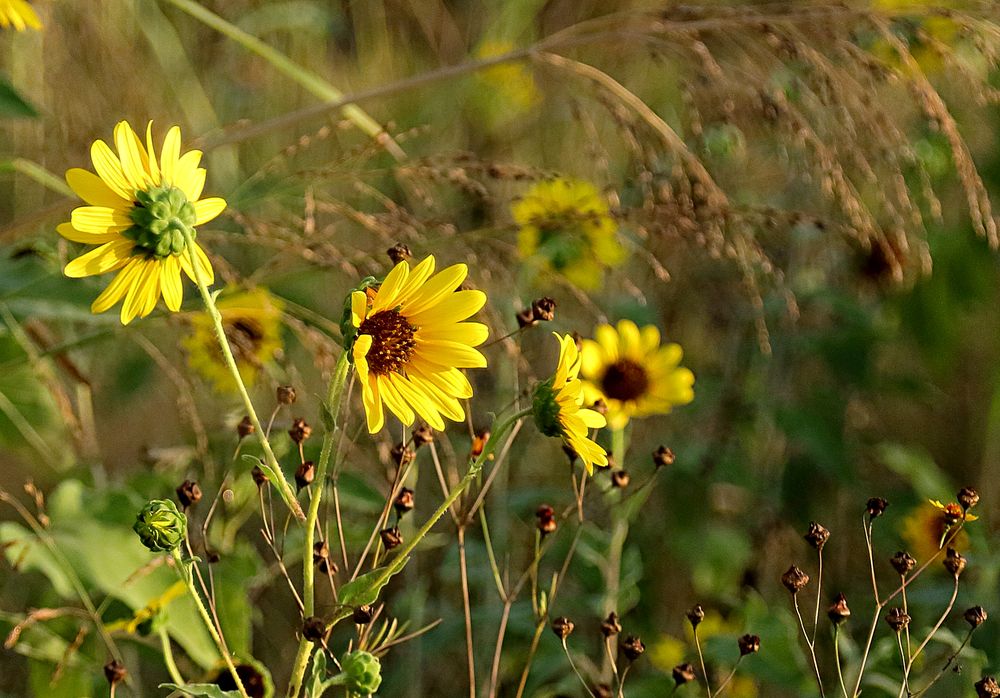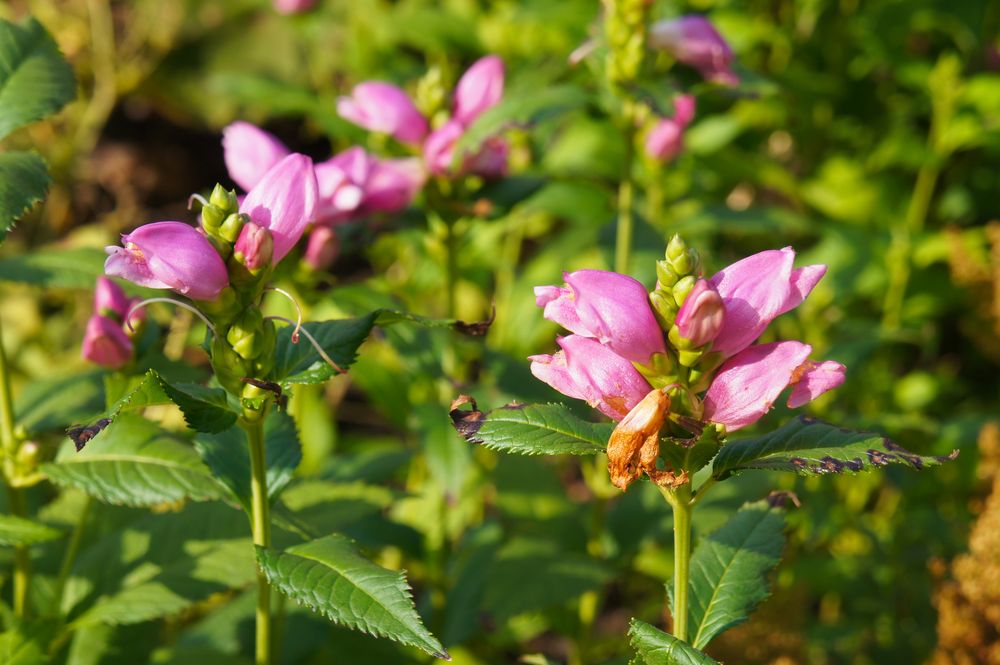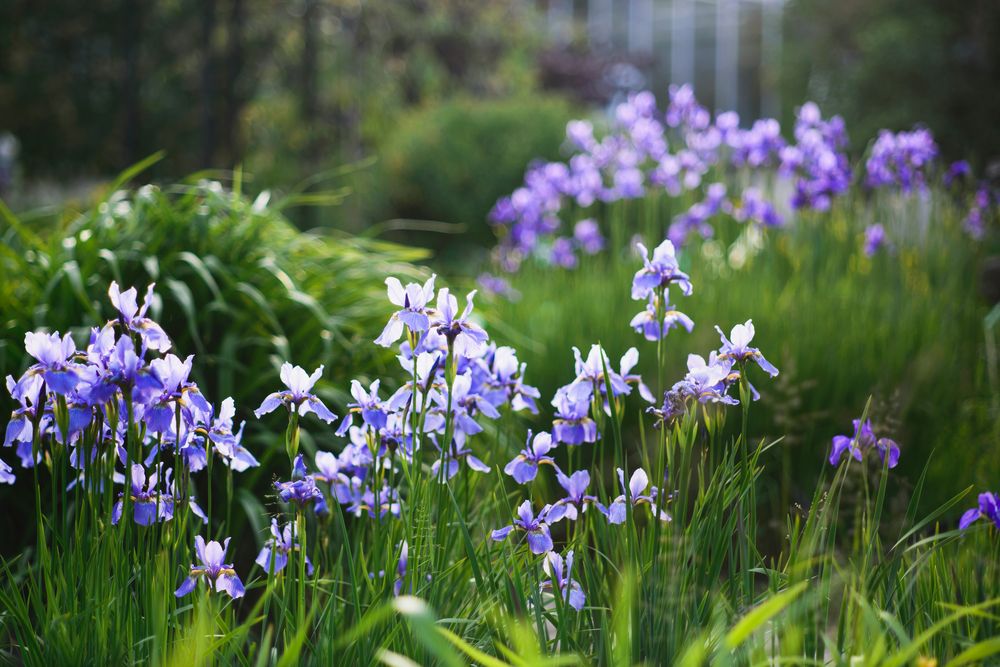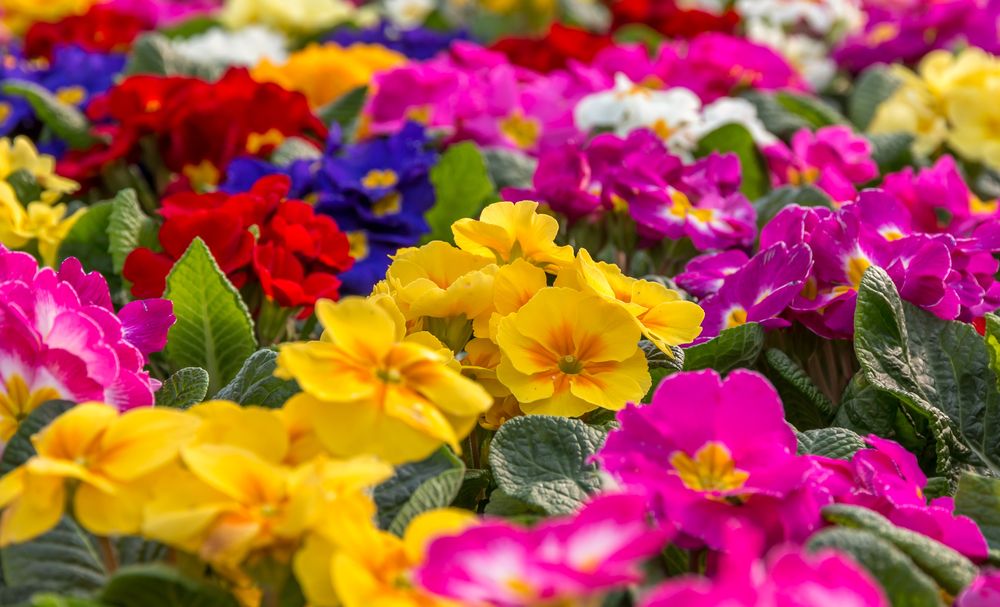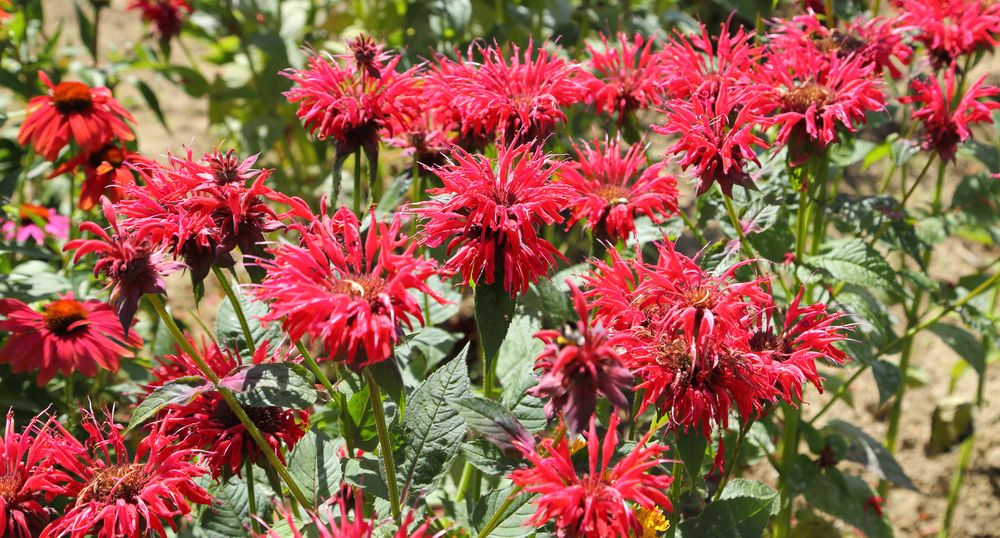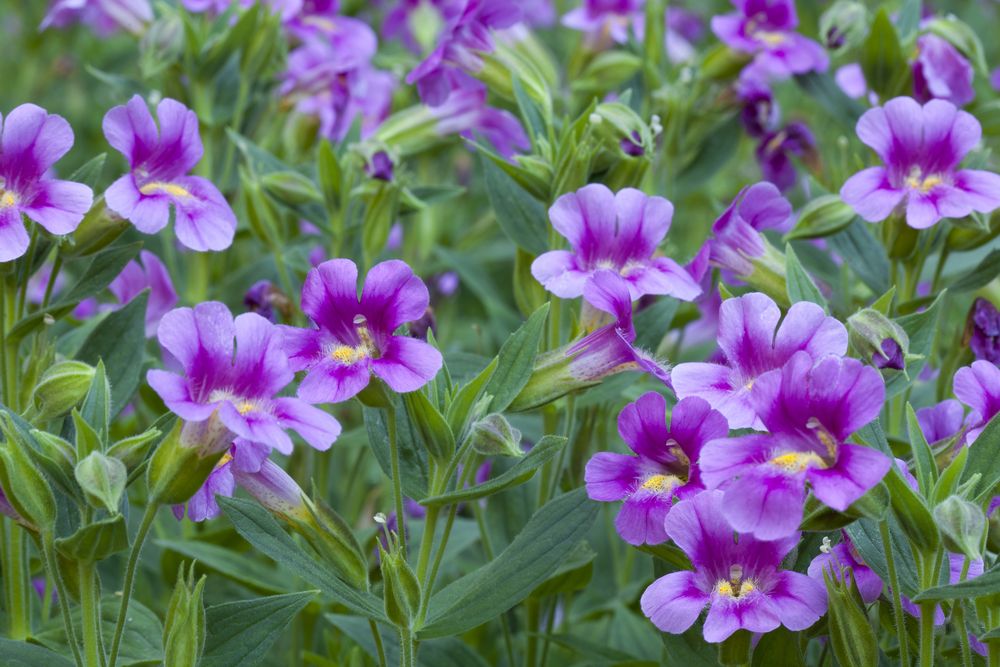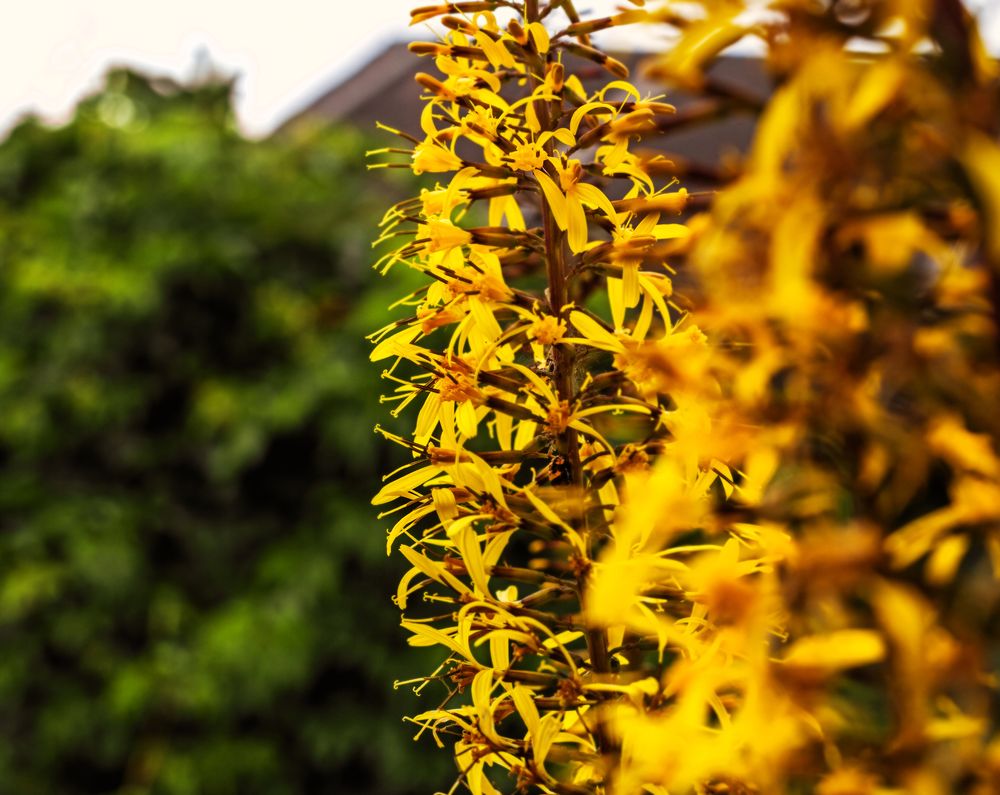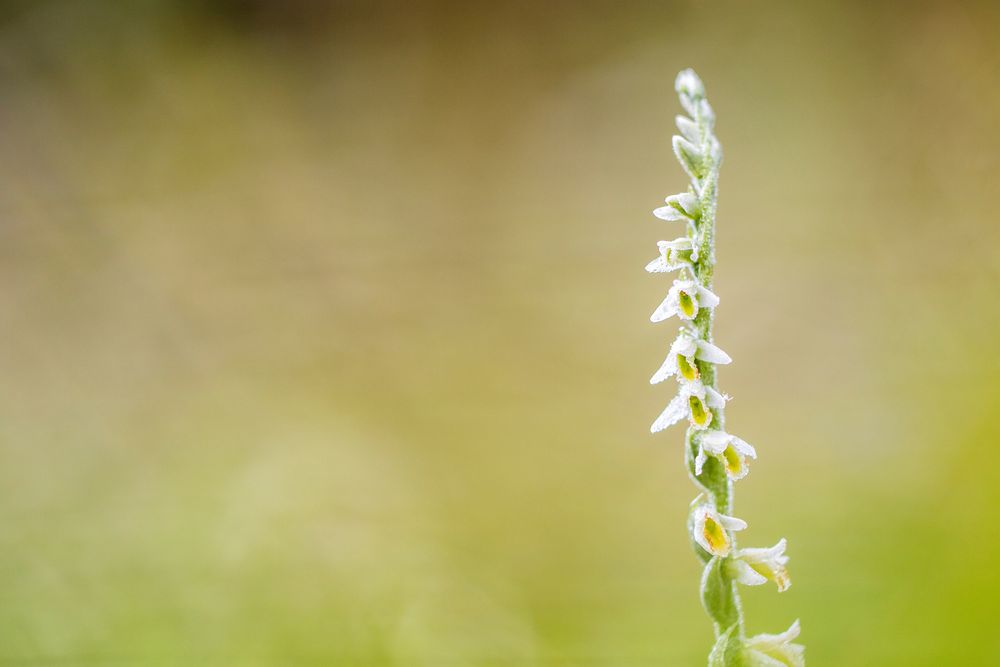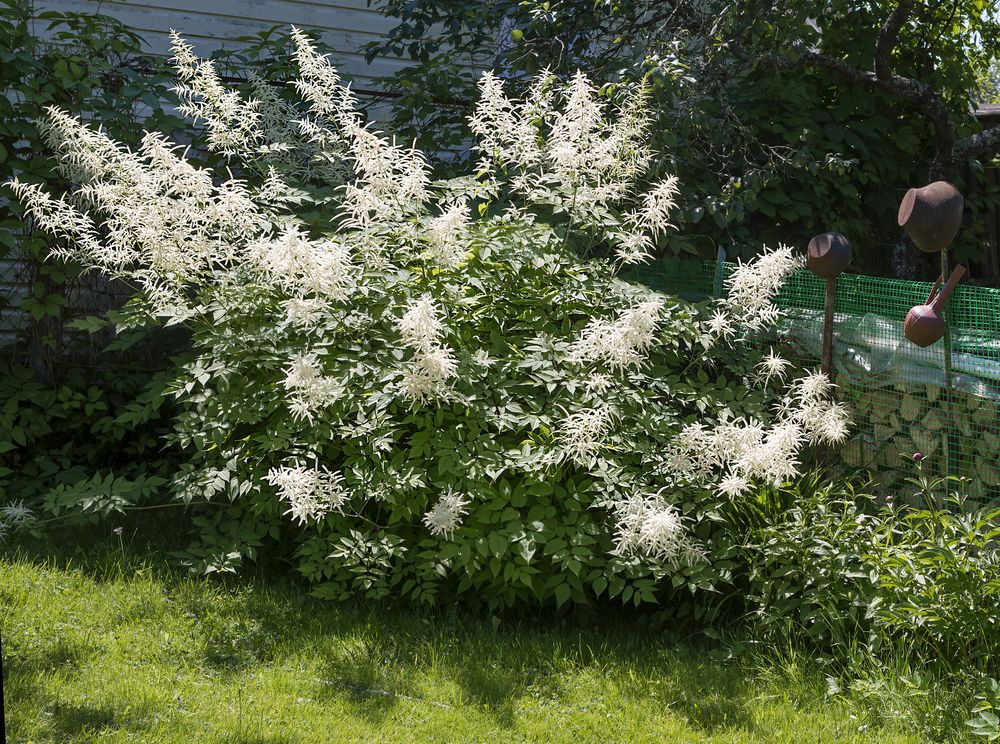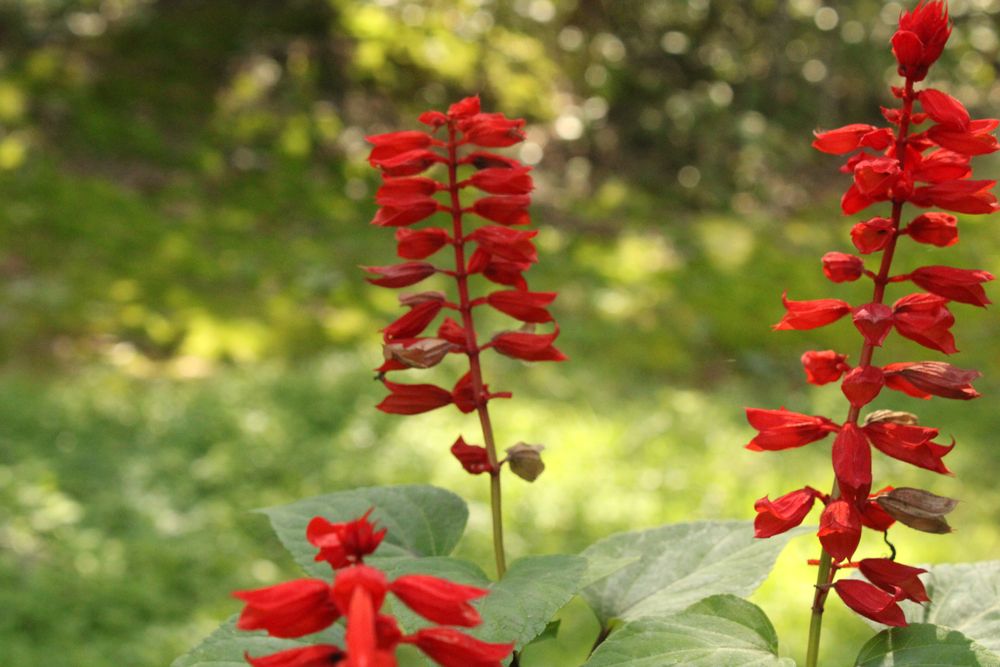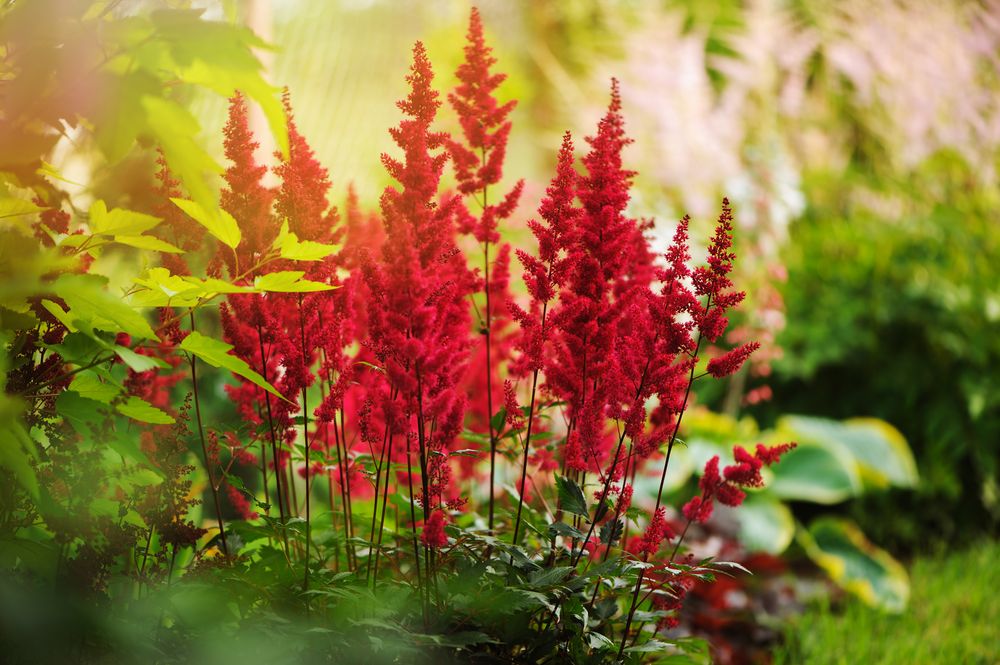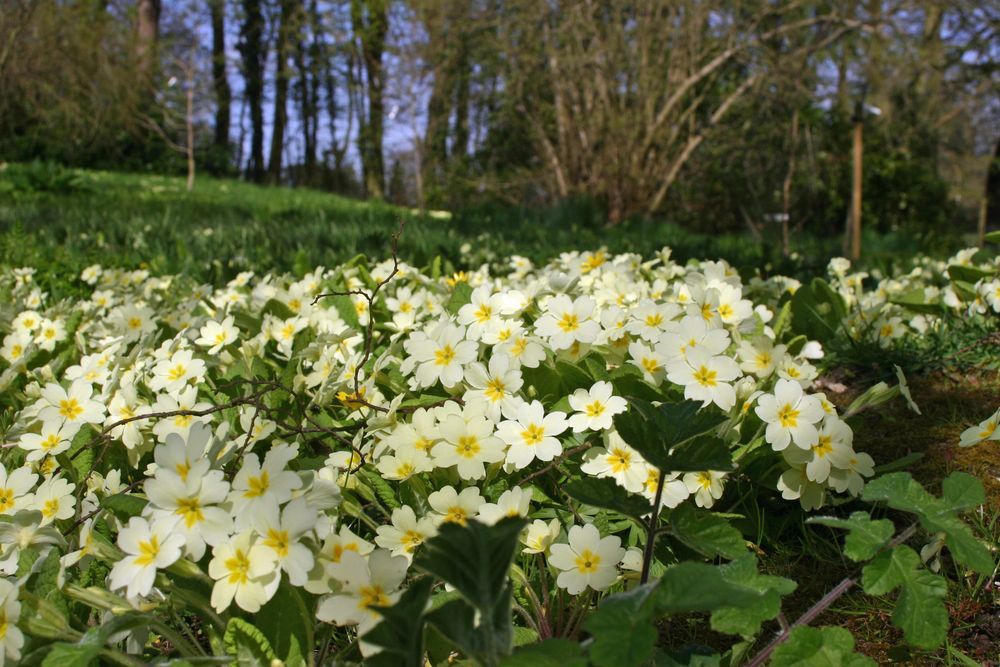12 Best Flowering Plants for a Bog Garden
Generally, most flowering plants don’t do well in soggy soil that fails to release excess moisture. On the gleaming side, there are a few flowering plants that grow and thrive in wet areas. Some prefer to grow in standing water while others will do well in soil that drains excess moisture in due time. If you have a wet area in your landscape, you may consider planting these types of flowering plants.
They can also tolerate a partially shaded spot and full sun. Full sun and sufficient light help some of these flowering plants grow optimally. These flowering plants produce very eccentric blooms that attract some birds, bees, and even butterflies which, in turn, help with pollination. It’s worth noting that moisture retention in the soil is the key factor you want to consider when choosing plants for wet areas. Other important factors include light, soil type, and temperature.
12 Best Flowering Plants for Wetlands
Bog garden flowers are best planted in the spring so they have enough time to root and bloom in the summer. Below is a list of flowering plants you can grow in your garden if it’s swampy.
1. Astilbe
The astilbe plants grow in wet, shady areas. Many gardeners grow it because it can also thrive in full sun as long as there is shade. If you’re living in the northern zone, this plant will keep up with the scorching sun. Astilbe plants also prefer moist, well-draining soils. They grow slowly in these soil structures that have medium pH levels. They are great for planting under other larger plants like the gunnera. These are plants that grow up to 6 feet high depending on the variety.
Incorporating fertilizer and regularly improving the soil properties either through water retention, permeability, water infiltration, drainage, aeration, and structure is very important because Astilbes are heavy feeders. While this outdoor plant can grow in a damp location without suffering from fungal-like diseases, it also tolerates drought conditions. Since this perennial is a slow grower, it would be best to start it off inside a container or grow in mass numbers. It adds color to your landscape during the blooming phase and stays intact all year round.
2. Cardinal Flower
This is a wildflower that can be grown in a bog garden. Cardinal flowers are typically found in swamps and streams. They have tall spikes with red flowers and dark green foliage. Cardinal plants should be best planted in the spring, so they can be fully grown during summer. Hummingbirds tend to love this flower a lot for its sweet nectar and its attractive red color. The roots of the cardinal flower were also traditionally used as aphrodisiac and love potions.This plant grows up to 6 feet high while its spikes grow up to 8 feet high. It grows in moist, fertile soil that has lots of organic matter.
Using mulch and keeping the soil moist and wet would help in seed establishment. Mulching helps prevent water evaporation. Fertilizing would also be good for these plants. Cardinal flowers grow so tall that some gardeners prefer propagating them through layering.Layering is a method of propagation in which a shoot is bent down, covered with soil to form roots while still attached to the parent plant.
Although this plant is ideal for a swampy area or rain garden, it still prefers the morning and afternoon sun. During a drought period, water your cardinal flower thoroughly to extend its blooming phase. Apart from the light and watering conditions, the flowering plant will need a soil pH that’s anywhere from being slightly acidic to neutral. You can use the division method to reproduce this bloomer, say, once every two years.
3. Goat’s Beard
The Goat’s Beard is a spectacular flowering plant with an awkward name. It grows up to 6 feet high and blooms similarly to the astilbe plant. The goat’s beard plant (Aruncus dioicus) has tall, creamy white flowers and blooms in the early summer in wet soils and shady spots.
Choose a spot in the garden with the right sun exposure and make sure the soil is well-draining and retains consistent moisture. Maintaining this plant is quite easy when planted in the right place. Just like the astilbe plant, make sure to periodically amend the soil with organic matter as the Goat’s Beard is also a heavy feeder. The showy plumes on this perennial are not the only feature it holds. It also exerts lots of tolerance against unfavorable growing conditions.
The plant’s high affinity for moist, loamy soil makes it a perfect option for a swampy garden. Another incredible attribute is it hardly struggles with serious pests or diseases. For this reason, the Goat’s Beard stands tall among the low-maintenance plants suitable for wetlands.
4. Lady’s Tresses
This native slender plant can be difficult to spot because it’s a rare species with no specific season under which it blooms. The frequency of producing flowers on this plant varies from one season to the other. Lady’s tresses have small, white flowers extending from their green foliage.
Compared to other plants ideal for wetlands, it’s notably easy to grow and maintain the Lady’s tresses.The plant spreads its rhizomes underground that later form colonies which make your landscape look stunning. If provided with the right growing conditions, this plant will mature in a wild manner to cover bogs, marshes, and woodlands. Its way of adding radiant color to your landscape is much elevated by its natural trait of spreading through underground rhizomes which can be used to reproduce the plant.
Preferably, grow it in moist, acidic soil, and give the plant some partial shade. While this is a stellar plant for a swampy location, overwatering is to be avoided at all costs as this brings along sogginess that tends to be counterproductive for the plant. On the other hand, you want to keep the soil consistently moist especially during a warmer season. Propagation can be practiced on the plant once it’s mature by dividing its rhizomes. Alternatively, you could wait for the seedheads to bloom, collect and then replant them.
5. Ligularia
Most of the Ligularia species have glossy, deep green foliage with purple color on the underside and orange-yellow flowers. You might find a number of gardening stores or nurseries labeling it the Leopard plant. When it reaches maturity, the flowers turn yellow in the late summer. Ligularia mostly thrives in shady spots with moist, well-draining soil that’s rich in organic matter. It does not tolerate dry soil, so make sure to keep moistening it but don’t leave it too songy.
The ligularia plant may wilt especially during very sunny days which could be a plant’s subtle way of asking for close-range watering patterns. Water deeply since it has roots that elongate far beneath the soil. After a while, you need to replace the old mulch to improve the rate of moisture retention in the soil. Other than sucking in excess moisture in your garden, the yellow blooms on this herbaceous perennial will give it a glowing appearance.
6. Mimulus
Mimulus plants grow in warmer regions with moist, well-draining soil. This perennial wildflower is also often referred to as Monkeyflower. Mimulus is popularly known as the monkeyflower because it resembles a monkey face The bright flowers on this outdoor perennial love shady spots but dread direct contact with moisture.
The blooming period will ultimately come to an end, so don’t expect them to last forever. On the bright side, they require little care to look incredible.Apart from watering, make sure to occasionally prune any dead leaves to allow space for others to emerge. Mature Mimulus plants grow up to around 10 feet tall, especially if grown under their preferred conditions.
Caring for Mimulus plants, especially those growing in a swampy location only needs you to mimic its indigenous habitat. Since it’s accustomed to a muddy environment, you want to keep the soil consistently moist.The color of the blooms will range from red to yellow, white, orange, and lilac. You can expect the blooming to last from June all the way through September. It’s easy to reproduce this wildflower by splitting up the rhizomes or via self-seeding. Overall, the Mimulus plant is ideal for a boggy location or swampland that has depression such as rain gardens.
7. Monarda
Popularly known as the bee balm, this plant blooms in the late summer. It is a distinctive species that has bright flowers which provide enough nectar and pollen to insects. Birds like hummingbirds are highly attracted to the monarda plant. Their seeds are also a significant source of food for birds, especially in the summer. When the leaves of the monarda are crushed, they act as an effective mosquito repellent.
The monarda variety grows up to 4 feet high, and 3 feet wide when grown in full sun to partial shade.It prefers moist, rich, well-draining soil with neutral acidity and is best planted in the spring, so it can fully bloom in the summer. In fact, it’s possible for it to bloom throughout the summer.
For regular maintenance, remember to water once or twice a week once the soil is entirely dry. Pruning the dead flowers would also be necessary to allow for others to rebloom. You could also pinch stem tips to create a bushier plant.Once in a while, add mulch to the soil to retain its moisture and fertilizer around the base of the plant. The Bee Balm plant is a viable option for a swampy area as it’s somewhat disease-resistant.
This particular species prefers to grow in USDA hardiness zones 3-9. When reproducing this perennial, you need to loosen up the soil, then amend it with compost. The soil structure should drain any excess moisture but retain some of it.
8. Primrose
Primrose flowers (Primula polyantha) bloom in early spring adding beauty to the landscape. They have green foliage with flowers in a variety of colors. When grown in suitable conditions, these flowers multiply each year. They grow in rich, moist, well-draining soils preferably added with some mulch. Primrose flower seeds can also be planted indoors in containers with an equal mixture of soil, sand, and peat moss.
Once they are mature, they can be transplanted into the garden. These seeds could also be collected and stored in a cool dry place for future planting. Primrose flowers prefer partial shady spots with full sun and they tend to grow up to 6 to 12 feet high and 4 to 6 feet wide. Caring for them is quite an easy thing to do as they just require regular watering, a bit of mulch input to retain soil moisture.
This flower also appreciates when it’s fed which should be done throughout its growing season. You can also heavily rely on organic matter, instead of synthetic fertilizers. Keep your landscape looking beautiful and tidy by pruning any unwanted and dead leaves.
9. Siberian Iris
Planting the Siberian iris would result in a very elegant landscape. It is a plant that grows up to 12 to 4o inches high in a garden with rich, fertile soils with good drainage. However, it also tolerates poor soils as well. Siberian iris requires minimal effort to care for it that requires regular watering especially during the first year, application of mulch to retain soil moisture, and limited fertilizer input.
Full sun exposure would also be great but with partial shading. They are slow-growing plants that take a long time to bloom, a little patience would be required. Any sort of propagation may not be required in these species, making it even more low maintenance.
10. Turtlehead
The turtlehead (Chelone glabra) has many names like shellflower, snakehead, snake mouth, cod head, fish mouth, and bitter herb. Judging from its name, it has flowers that resemble the head of a turtle. It’s a hardy plant that requires minimal maintenance.
Moist, well-draining, soil provides a perfect home for this plant. It grows up to 2 to 3 feet high, 1 foot wide, and prefers neutral acidic soils.Turtleheads can be grown indoors from seeds or in the garden through plant division. In addition, plant them in full sun to partial shading to provide a perfect bloom environment. They also appreciate mulching since it helps retain some moisture.
11. Swamp sunflower
Swamp sunflower and garden sunflower are species of the same family. It produces green leaves with bright yellow petals in the late summer. This plant is a fast grower. It reaches anywhere between 5 and 7 feet tall. Swamp sunflower plants can either be planted indirectly or propagated through dividing the parent plant.
This plant tolerates the full sun with some partial shade. It also tends to attract a lot of butterflies, bees, and birds-the bright yellow petals. Swamp sunflower roots spread well in moist, well-drained soil. Once the plant hits maturity, it ends up requiring little care and maintenance. Provide water whenever the soil dries up and make sure to mulch it to keep the soil cool and moist. Swamp sunflower plants are available in most garden stores or gardens.
12. Swamp rose mallow
Also known as rose mallow hibiscus or swamp hibiscus, this is a moisture-loving plant of the hibiscus family. This moisture junkie produces big, wide flowers that range in shades of pink, peach, white, red, and lavender. It’s a low-maintenance type that can tolerate a wet location throughout its lifetime.
Swamp rose mallow grows up to 2 or 3 inches in soils rich in mulch or any dead organic matter. These soils should be moist and well-draining for full bloom. Although swamp rose mallow loves full sun, partial shade may be needed. When planting these plants, allow some growing space between each plant. Swamp rose mallow does not prefer crowding since limits air circulation.
If you want an easy experience with this plant, purchase it at a nursery or garden store. But that’s not to mean that planting it using seeds is difficult. Seeds can be planted indoors and still sprout without any snags. You will later need to transplant them in the garden. It’s also bestto keep the soil thoroughly moist especially during the early sprouting stages.
As the name suggests, a swamp rose mallow will not thrive in dry soil. You can water it twice or thrice a week mostly during summer. Apply fertilizer some on the base of this plant during the growing season and a bit of mulch every 6 weeks to keep the soil moist and cool.
